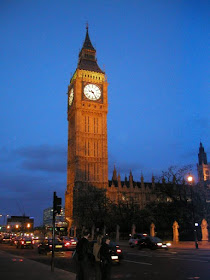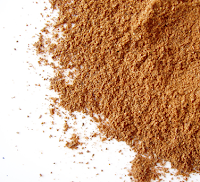The Gas Lamp District, San Diego, California
In January of this year I was in the wonderful city of San Diego for the first time for 5 glorious days. San Diego is a beautiful and historic city where the weather boast a near perfect climate year round with temperatures ranging from 57 Fahrenheit in January to 72 degrees Fahrenheit in August and is referred to as semi-arid Mediterranean.
San Diego as seen from the Island of Coronado
But the best part about San Diego for me were all the fabulous restaurants that were packed into the quaint little Gas Lamp District. You can find the Afghan restaurant two doors down from the Italian eatery, which is next to a little cafe, across the street from an Irish Pub. You can easily taste food from any region in the world just by walking one block down any given street in the 16 blocks of the Gas Lamp. But my favorite dish had to be the anti pasta at this little place on 5th avenue called "The Grape" From the moment you walk into this establishment you know you were in some place pretty special! "The Grape" is a wine bar with all types of scrumptious appetizers to go along with your wine. The staff is delightful and there a small outside seating area where you can enjoy watching all the passers by while sipping wine and nibbling on a warm baked brie with brown sugar and walnuts! Honestly you just don't feel like you want to leave. And I have to say that even their website is pretty cool too. It definitely gives you the exact vibe you feel when you walk into "The Grape."
For more on this wine bar go to http://www.thegrapebar.com/
My new goal for the next time I am in colorful San Diego is to eat my way through the entire town...and I know I will need more than just 5 days!!!
Our hotel...originally called the St. James Hotel was built in 1913
Interior of the St. James Hotel


















